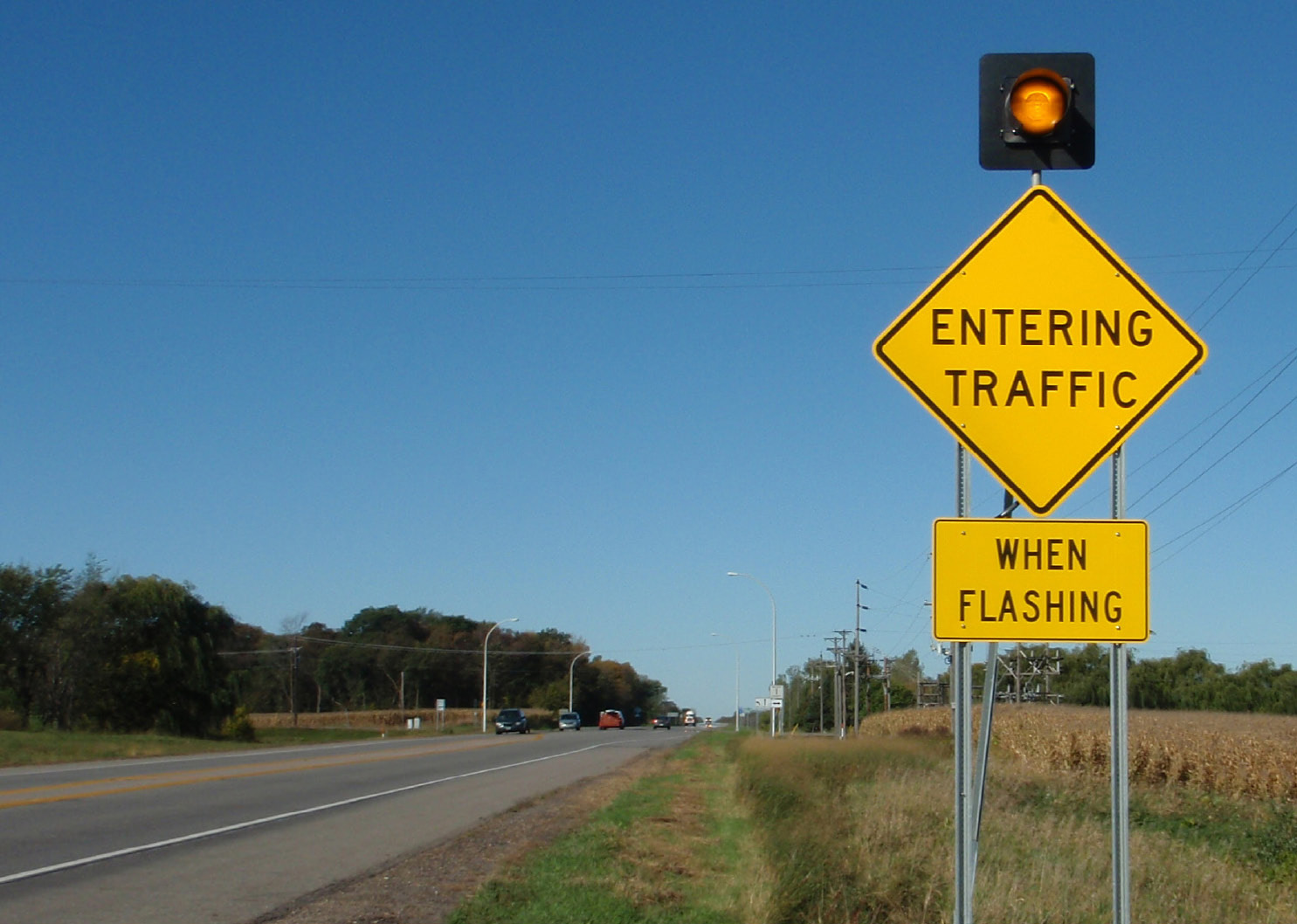In a first of it’s kind effort, the Minnesota DOT led the way in developing County Road Safety Plans (CRSPs) for all 87 counties in 2009. Data showed that more than 50 percent of the state’s serious crashes and fatalities occur on county roads. SRF was part of the team that developed the CRSPs to reduce fatal and severe injury crashes on roadways. In 2016, MnDOT again retained SRF to update the CRSPs for 30 counties.
Each plan includes a prioritized list of safety projects for the counties to implement as well as high-priority intersections, segments, and curves. Minnesota Highway Safety Improvement Program (HSIP) forms were created for each project to facilitate applying for federal funding in the future. SRF employed the following steps for the safety planning process:
Safety Analysis: SRF collected extensive data about the characteristics of each roadway to conduct the safety analysis. Crash data for all fatal and severe injury crashes in each county was reviewed as well as the factors contributing to crashes. This data was critical in identifying the types of crashes that were over-represented on the county road system. The analysis also identified roadway locations with characteristics of higher risk for severe crashes.
Safety Emphasis Areas: Safety emphasis areas were identified based on the distribution of severe crashes, and areas were highlighted for each county that exceeded the statewide average. These areas were reviewed with county engineers to identify critical emphasis areas such as young drivers, aggressive driving, impaired driving, seat belt usage, road departure crashes, and intersection-related crashes.
Safety Strategies: A list of proven, effective, low-cost safety strategies was developed to address the identified safety emphasis areas, such as rumble strip/stripes, modified intersection design, enhanced signing/markings, ITS signing applications, and lighting.
Safety Workshops: Workshops were held for each county with a diverse set of safety partners from enforcement, education, emergency services, and engineering. The workshops included a presentation of the county’s crash data, safety emphasis areas, and safety strategies. The safety strategies were voted on by the cross-section of representatives for each county.
Safety Projects: An in-depth analysis of every intersection, segment, and curve on the county roadway network was completed to identify and prioritize the roadway system that was found to be most at-risk. This analysis generated a significant list of safety projects for each county that spanned multiple years.
Since the implementation of safety projects recommended as part of the safety plans, fatalities on Minnesota’s county roadway system have been reduced.


